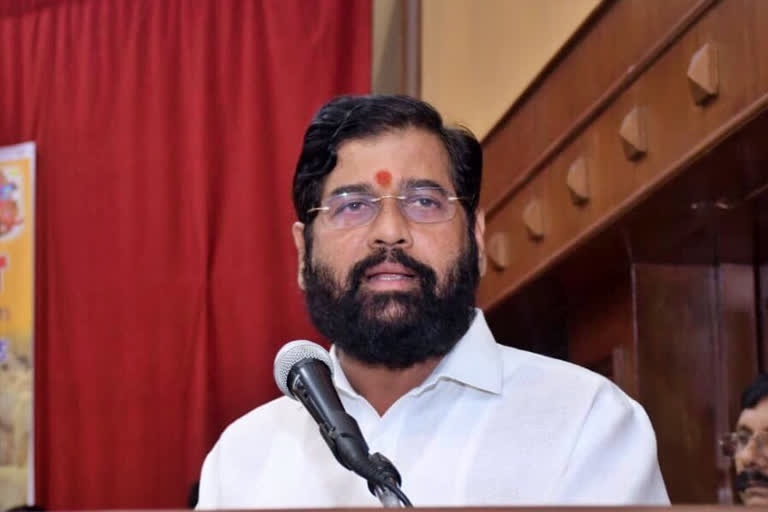Mumbai: Turmoil within the Shiv Sena increased after Eknath Shinde's revolt. Shinde and his followers are now claiming that they are the 'real' Shiv Sena. Sources have informed that Eknath Shinde will write to the Deputy Speaker of the Assembly, requesting him to recognize his group as the actual party. However, it is still unclear whether Shinde's group will be getting the party symbol (bow and arrow) or the party name.
In 1988, the Election Commission of India issued instructions that every existing political party must register once again and receive a party symbol. It was during this period, that party chief Balasaheb Thackeray had selected the dhanush-ban as his party symbol. The then General Secretary of Shiv Sena, Subhash Desai, along with Balkrishna Joshi and Vijay Nadkarni had traveled to Delhi to register their party with the EC.
Also read: Explained: How likely is Eknath Shinde's revolt to succeed?
Prior to the registration of political parties and the requirement for them to have a unique symbol for each party in 1988, Shiv Sena would contest elections under the symbols of a rising sun, a coconut, shield and sword, and a railway engine. Although popular among the people, the party did not contest all of the state level elections during that period.
As per the anti-defection law, if Eknath Shinde manages to mobilize the support of two-thirds of the MLAs belonging to Shiv Sena, then his group could be recognised as a separate political party. If he is unable to gain the support of two-thirds of the MLAs, then it is possible that he, along with the other supporters could face a ban from the legislature.
To lay claim on the name and symbol of the original party, the newly formed group has to approach the Election Commission, which will take the final decision. In case the two parties are dissatisfied with the decision, then they may approach the court. The EC is approached only when both the groups want the party name or symbol. In cases where there is no such requirement, the name and the symbol remains with the original party itself, said political analyst Bharat Kumar Raut.



